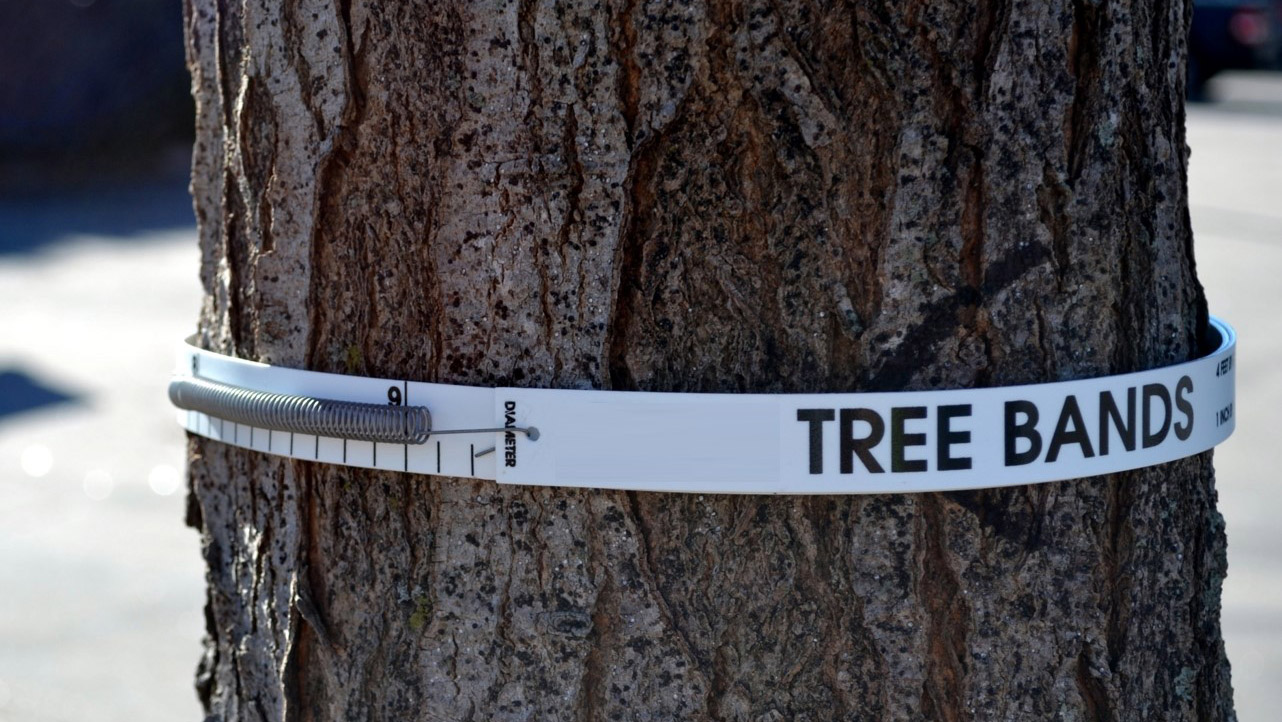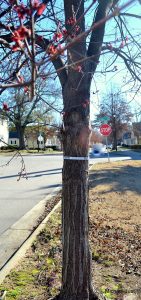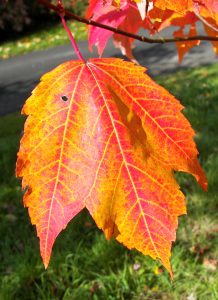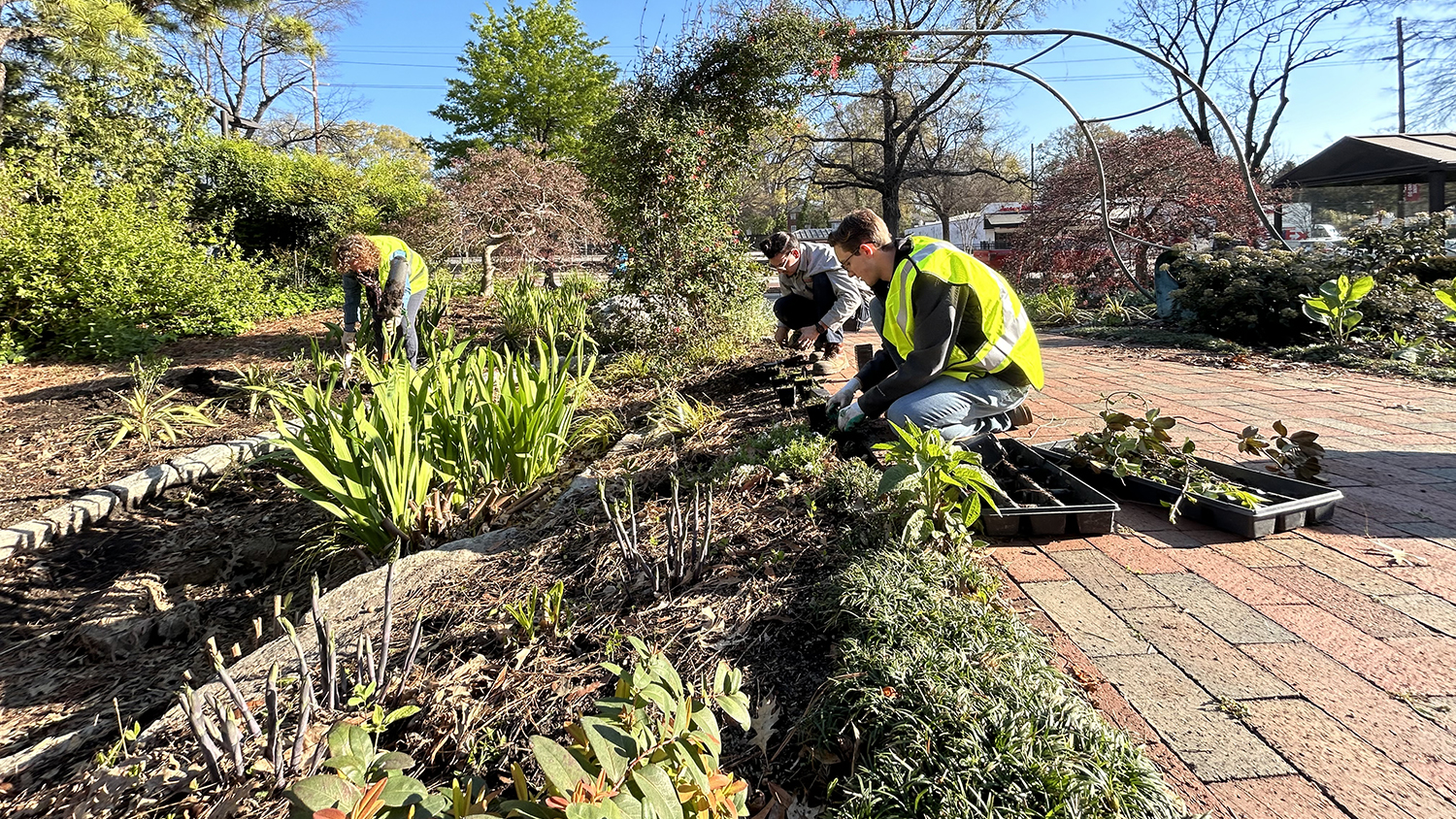A Tree’s Life: Easy Citizen Science for Healthier Trees

Red maple trees have important jobs to do – and so could you, if you happen to have one in your yard and just a few minutes to spare each year.

Through a new project called A Tree’s Life, NC State University researchers hope to recruit 250 people to help them learn more about how trees grow in cities compared to rural areas and suburbs.
This is significant, explains postdoctoral researcher Michael Just, because it could shed light on how climate change and urbanization affect trees’ health.
Just says that because urban areas tend to be warmer than nearby rural areas, what happens to trees in cities could give us clues as to how trees in general will respond to warming. Will warming, for example, cause trees to grow more because they experience a longer growing season? Or will the so-called heat-island effect that makes cities warmer slow tree growth by favoring pest insects and diseases that damage trees’ health?
Right now, no one knows for sure what will happen, but research done as part of A Tree’s Life could help scientists make better predictions. Just and his colleagues will be comparing tree growth data from cities, suburban and urban areas across different latitudes and altitudes in North America.
So far, more than 100 people in the United States and Canada have signed up as citizen scientists to help gather that data from their own yards.
Data collection is super easy, Just says. If you have a red maple with a trunk that’s 6- to 11-inches in diameter, you’re eligible to participate. If you sign up online, NC State will send you a dendrometer – a white plastic band equipped with a metal spring. You simply wrap the band around the trunk, and once a year or so, you’ll get an email asking you to check a ruler printed on the band that will show you how big the trunk is.
The project is funded by the U.S. Department of Agriculture’s Southern IPM Center, which is headquartered on NC State’s Centennial Campus. Principal investigators are Steve Frank, of NC State’s Department of Entomology and Plant Pathology, and Rob Dunn, of the Department of Applied Ecology.
The scientists chose to focus on red maples in part because they are abundant – according to the U.S. Forest Service, there are more red maples than any other native tree in eastern North America. Not only that, red maples are also popular with home gardeners and landscapers throughout much of the continent.

They are also pretty easy to identify, Just explains. Before the red maples produce leaves each spring, they grow red-tinged, double-winged seeds. These seeds are technically called samaras, but some people call them helicopters or whirligigs because of the way they spin in the wind.

Another way to identify the tree is by its three-pointed leaves, which have serrated edges, like a saw or knife. In the fall, these leaves turn from green to bright red. (For more ID tips, check out Virginia Tech’s online red maple fact sheet.)
While A Tree’s Life doesn’t demand much work from its citizen scientists, each piece of data they submit will be important. “With this information,” he says, “we expect to get a better idea of how red maples respond to warming, which will allow us to make recommendations about where to plant them so they might thrive.”
And that matters. Trees provide shade, filter water, serve as animal habitat, store carbon and release oxygen we need to survive. Not only that, Just adds, A Tree’s Life will also bring scientists a step closer to being able to predict the future of forests and trees.


